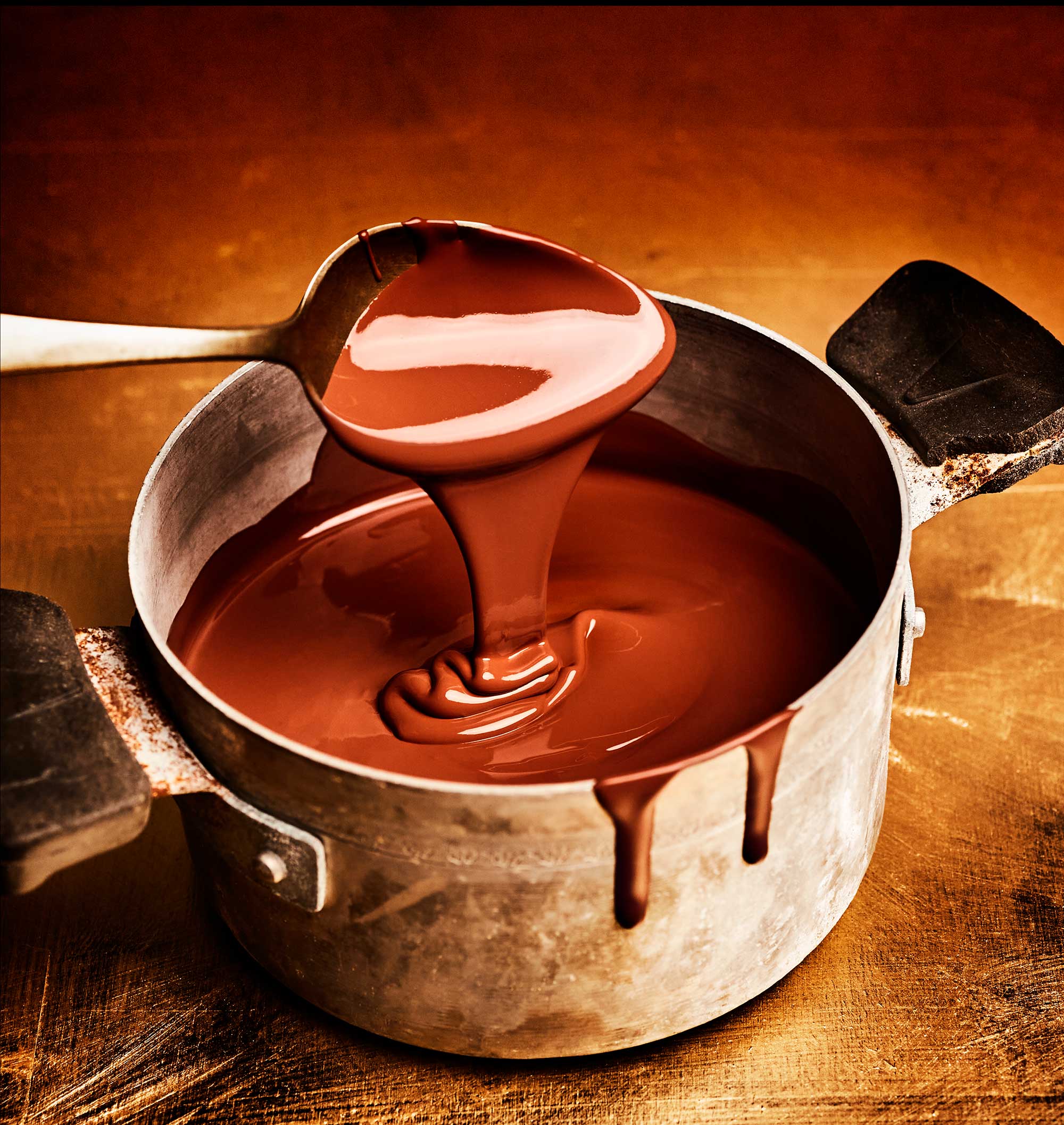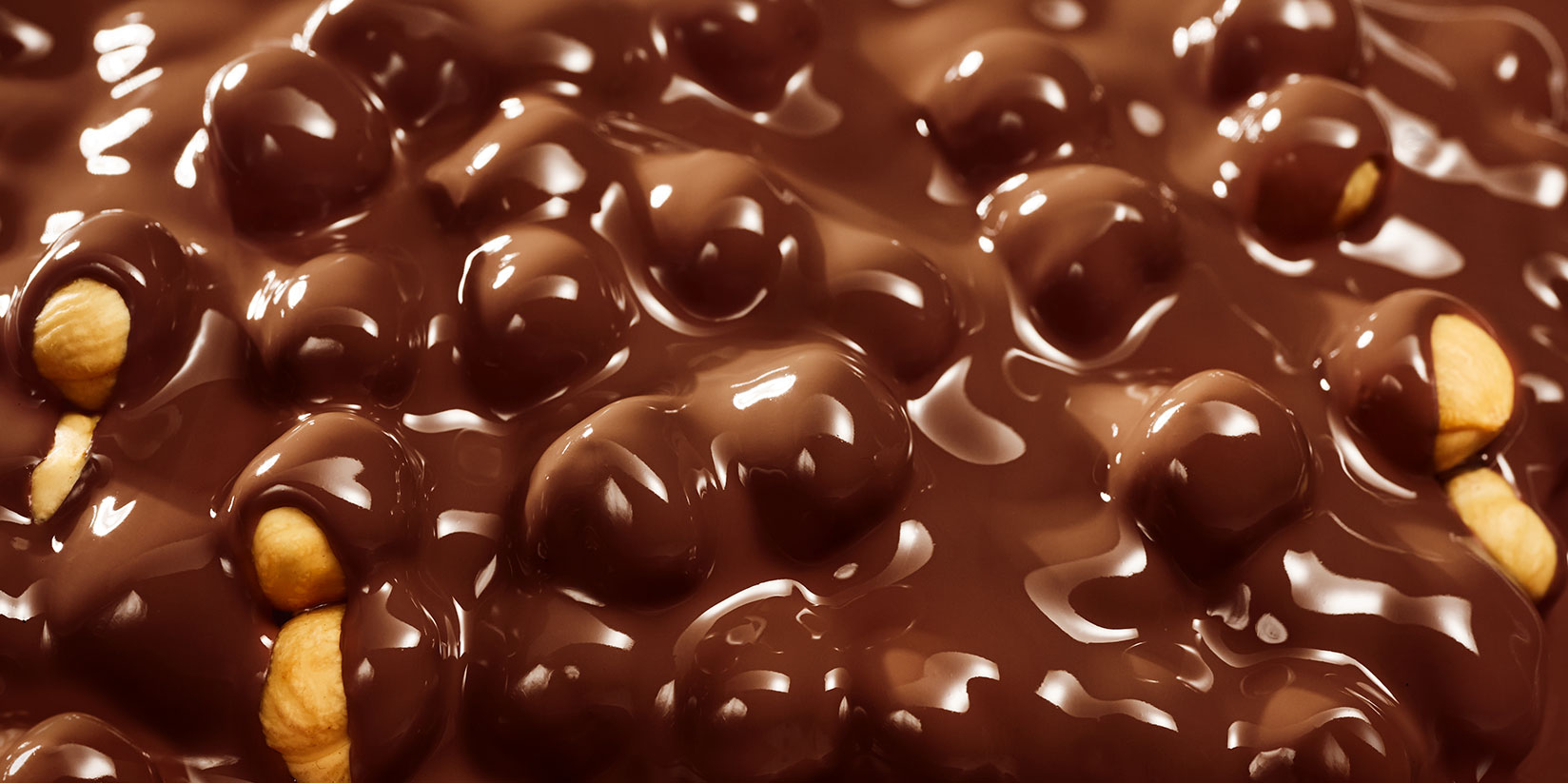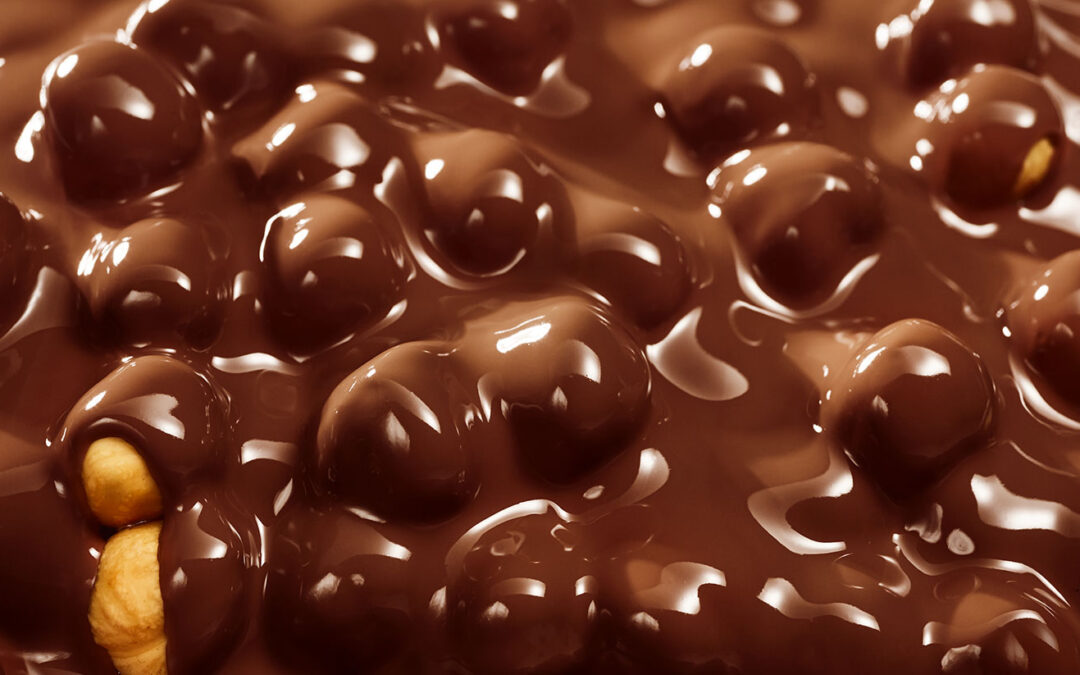“Cibo degli dei”
(alcune immagini non utilizzate durante uno shooting)
“Cibo degli dei”
cioè teobroma cacao, questo è il nome scientifico di quella delizia che tutti conosciamo e amiamo gustare: il cioccolato. Una sensazione unica al palato, da assaporare non solo con il gusto ma anche con l’olfatto, il tatto e, perché no, la vista dal momento che l’industria del cioccolato è capace di presentarlo nelle maniere più accattivanti.
Certo dalla sua origine alle infinite variazioni dei suoi ingredienti attuali ricchi di aromi sempre più impensabili, ne è passato di tempo, però è rimasta immutata la passione dei suoi estimatori confortati dagli effetti salutari che i ricercatori vanno scoprendo di continuo.
Il cioccolato è buono ma fa anche bene, cosa vogliamo di più?
Un cenno storico per gustare con maggiore sentimento il cioccolato
In origine, il cacao era consumato durante le cerimonie religiose ed era offerto insieme all’incenso come sacrificio alle divinità.
Oltre ad un impiego liturgico e cerimoniale, nelle Americhe il cioccolato era consumato come bevanda, chiamata xocoatl, spesso aromatizzata.
La bevanda aveva l’effetto di alleviare la sensazione di fatica, effetto probabilmente dovuto alla teobromina in esso contenuta.
Nell’epoca pre-colombiana nelle zone dell’America Centrale i semi di cacao erano usati come moneta di scambio e anche come unità di misura.
”
Il consumo del cacao avveniva in modo molto differente da quanto avviene oggi, poiché i semi di cacao, una volta essiccati, erano macinati e disciolti in acqua, con l’aggiunta di cannella e peperoncino per migliorarne il sapore, decisamente amaro e forte. Da ciò si può dedurre che la bevanda fosse apprezzata maggiormente per le sue caratteristiche corroboranti e stimolanti che per il gusto, effetti che erano ben noti agli antichi utilizzatori, pertanto la bevanda era impiegata durante le veglie dei sacerdoti.
Le fave di cacao erano considerate un bene prezioso, al punto di essere impiegate come moneta e venire conservate nei forzieri assieme all’oro e ai preziosi.
In Europa quando arriva il cacao?
Alcuni cenni storici ci dicono nel 1502 grazie a Cristoforo Colombo. Questi, durante il suo quarto e ultimo viaggio in America, sbarcò in Honduras ed ebbe l’occasione di assaggiare una bevanda a base di cacao. Al suo ritorno, portò con sé alcuni semi da mostrare a Ferdinando ed Isabella di Spagna, ma non diede alcuna importanza alla scoperta, probabilmente non particolarmente colpito dal gusto amaro della bevanda.
Il cioccolato era sempre servito come bevanda, ma gli ordini monastici spagnoli, depositari di una lunga tradizione di miscele e infusi, ci aggiunsero la vaniglia e lo zucchero per correggerne la naturale amarezza.
Per tutto il ’500, il cioccolato rimane un’esclusiva della Spagna, che ne incrementa le coltivazioni.
Nel 1875 Daniel Peter, uno svizzero, aggiunge al cioccolato del latte condensato e per la prima volta può essere mangiato anche in forma solida.
Oggi il cioccolato regna sovrano, grazie al consumismo più sfrenato e lo si utilizza senza averne grande sentimento liturgico, religioso o nutrizionale, tuttavia il consumismo è l’elemento comune a tutti!
“Food of the Gods”
(some images not used during a shooting)
“Food of the gods”
that is theobroma cacao, this is the scientific name of that delight we all know and love to taste: chocolate. A unique sensation on the palate, to be savored not only with taste but also with smell, touch and, why not, sight since the chocolate industry is able to present it in the most captivating ways.
Certainly, from its origin to the infinite variations of its current ingredients rich in increasingly unthinkable aromas, a long time has passed, but the passion of its admirers has remained unchanged, comforted by the healthy effects that researchers are constantly discovering.
Chocolate is good but also good, what more do we want?
A historical hint to taste chocolate with greater feeling
Originally, cocoa was consumed during religious ceremonies and was offered together with incense as a sacrifice to the gods. In addition to a liturgical and ceremonial use, in the Americas chocolate was consumed as a drink, called xocoatl, often flavored. The drink had the effect of relieving the feeling of fatigue, an effect probably due to the theobromine it contains.
In the pre-Columbian era in areas of Central America, cocoa beans were used as a currency of exchange and also as a unit of measurement. “
The consumption of cocoa took place in a very different way from what happens today, since the cocoa beans, once dried, were ground and dissolved in water, with the addition of cinnamon and chilli to improve the flavor, which was decidedly bitter and strong. From this it can be deduced that the drink was appreciated more for its invigorating and stimulating characteristics than for the taste, effects that were well known to the ancient users, therefore the drink was used during the vigils of the priests.
Cocoa beans were considered a precious commodity, to the point of being used as money and kept in coffers together with gold and precious items.
When does cocoa arrive in Europe?
Some historical notes tell us in 1502 thanks to Christopher Columbus. During his fourth and last trip to America, he landed in Honduras and had the opportunity to taste a cocoa-based drink. On his return, he brought with him some seeds to show to Ferdinand and Isabella of Spain, but he did not give any importance to the discovery, probably not particularly impressed by the bitter taste of the drink.
Chocolate was always served as a drink, but the Spanish monastic orders, custodians of a long tradition of blends and infusions, added vanilla and sugar to correct their natural bitterness.
Throughout the 1500s, chocolate remained exclusive to Spain, which increased its crops.
In 1875 Daniel Peter, a Swiss, added condensed milk to chocolate and for the first time it could also be eaten in solid form.
Today chocolate reigns supreme, thanks to the most unbridled consumerism and it is used without having great liturgical, religious or nutritional sentiment, however consumerism is the common element



